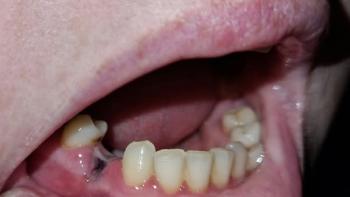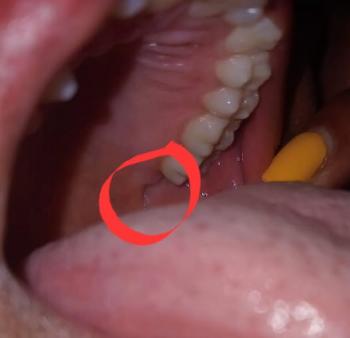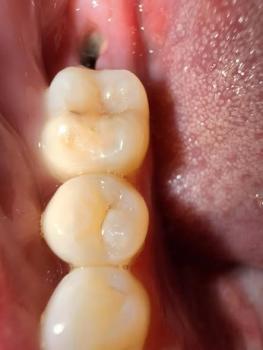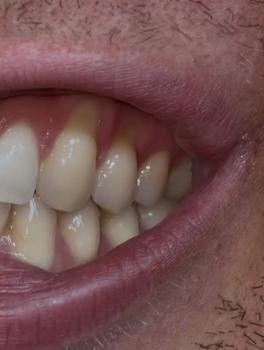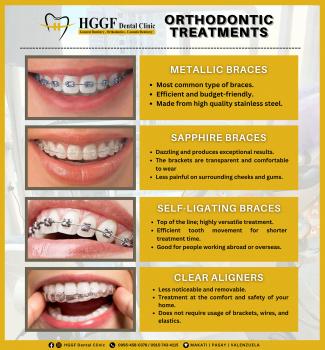We Bring Back the Sparkle in Your Smile.
The New Era of Enamel Restoration: Philippines Set to Embrace Next-Generation Dental Innovation
Language :
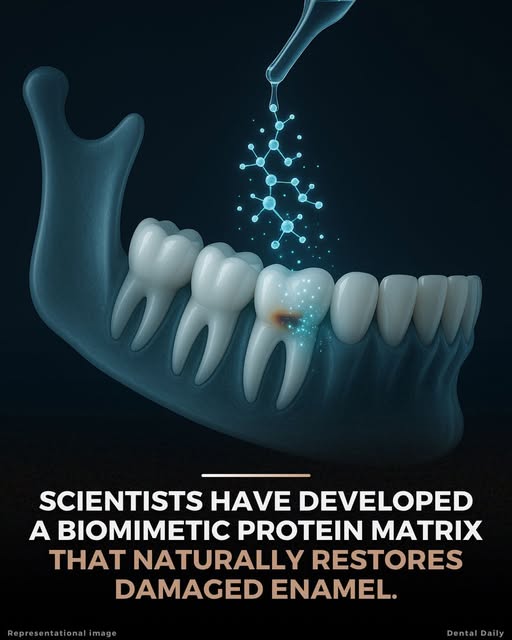
Topics:
For decades, dentists have lived with one undeniable truth — once tooth enamel is lost, it never grows back. In every dental clinic across the Philippines, that belief has shaped the way we treat cavities, erosion, and sensitivity. Traditional restoration methods, such as fillings, crowns, and bonding, only replace what was damaged — they never truly bring enamel back to life.
But the world of dentistry is changing fast, and the Philippines must keep up with this new wave of innovation.
A Breakthrough from the University of Nottingham
Recent research from the University of Nottingham challenges the long-standing belief that enamel loss is permanent. Scientists there have developed a biomimetic protein matrix — a material that mimics how enamel naturally forms during tooth development.
When applied to a damaged tooth surface, this matrix acts as a scaffold, guiding calcium and phosphate to rebuild enamel’s original structure. In laboratory tests on extracted human teeth, results showed near-complete restoration of both enamel hardness and microstructure — a remarkable leap toward real regeneration.
This discovery, published in Nature Communications (2025), marks the first time researchers have come this close to restoring enamel’s natural properties, without drilling, synthetic resin, or prosthetic materials.
A Challenge to Tradition
Many dental professionals in the Philippines still rely on conventional restorative methods — effective but limited. This new technology signals a shift toward bioactive dentistry, where natural repair and regeneration become part of daily dental care.
As global research accelerates, local dental practitioners and suppliers are encouraged to embrace science-driven advancements that promote long-term tooth preservation, rather than replacement. The biomimetic approach may redefine preventive dentistry, reduce invasive procedures, and improve patient outcomes.
The Future of Dentistry Starts Now
The Philippines, with its growing dental community, has the opportunity to be among the first in Southeast Asia to adopt these innovations once they become commercially available. This is not just a new product — it’s a new philosophy.
A future where enamel can be restored naturally means fewer extractions, fewer crowns, and stronger smiles for generations to come.


